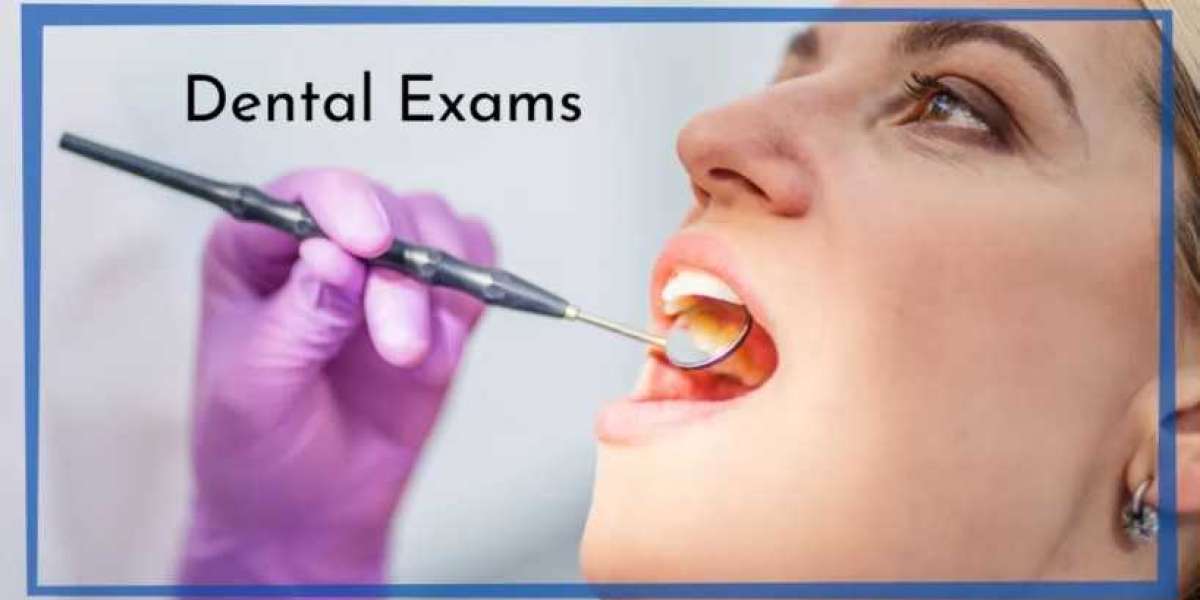A Complete Guide to Boys Braces: Benefits, Types, and How to Choose the Right One
Braces have become a common and effective way to correct dental issues in children. For many parents, deciding on boys braces can be a significant decision. Whether it’s for improving dental health or giving your child a confident smile, braces can have a lasting impact on a boy’s life. But with so many options available, it’s essential to make an informed choice. This guide covers everything you need to know about boys braces, including the benefits, types, and tips for choosing the right braces for your son.
Why Consider Boys Braces?
Braces are used to correct issues like crooked teeth, misalignment, and bite problems. For boys, especially during their growing years, braces can not only improve appearance but also prevent future dental complications. Here's why you might want to consider boys braces for your child:
- Improved Dental Health: Misaligned teeth can make it difficult to clean properly, leading to plaque buildup, cavities, and gum disease. Boys braces help align the teeth, making it easier for your son to maintain good oral hygiene.
- Boosted Confidence: Crooked or misaligned teeth can affect a child’s self-esteem. Many boys feel self-conscious about their smiles, and braces can give them the confidence boost they need.
- Prevention of Future Issues: Correcting dental problems early with boys braces can prevent more severe issues later in life, like tooth decay or jaw problems.
When Is the Right Time for Boys Braces?
Many parents wonder when the best time is to start considering boys braces. Generally, the ideal age to get braces is between 9 and 14 years old. This is when most of the baby teeth have been replaced by permanent teeth, and the jaw is still growing, making it easier to guide the teeth into their correct positions.
However, every child is different. Some boys may need boys braces earlier if they have severe dental issues, while others might not require them until later. Consulting with an orthodontist early can help determine the best timing for your son.
Types of Boys Braces
Choosing the right type of boys braces depends on your child’s needs, preferences, and the orthodontist’s recommendation. Here are the most common types of boys braces:
1. Metal Braces
Metal braces are the most traditional and commonly used type of boys braces. They consist of metal brackets attached to the teeth and connected by wires. Despite their noticeable appearance, they are highly effective and more affordable than other options. Today's metal braces are smaller and more comfortable than they used to be, making them a popular choice for many boys.
2. Ceramic Braces
Ceramic braces function similarly to metal braces but are less noticeable because they are made of tooth-colored materials. This makes them a good option for boys who are concerned about the appearance of traditional metal braces. However, ceramic braces can be more fragile and require careful maintenance.
3. Lingual Braces
Lingual braces are a less common type of boys braces that are placed behind the teeth, making them completely invisible from the front. They are a great option for boys who are self-conscious about wearing braces. However, lingual braces can be more challenging to clean and adjust, and they may not be suitable for all types of dental issues.
4. Clear Aligners (Invisalign)
Clear aligners like Invisalign have become an increasingly popular option for boys braces. They are nearly invisible, removable, and more comfortable than traditional braces. Clear aligners are custom-made for each patient and must be worn for 20-22 hours a day. While they offer aesthetic benefits and convenience, they might not be suitable for boys with more severe dental issues.
How to Choose the Right Boys Braces
Selecting the best type of boys braces depends on several factors, including your son’s dental condition, lifestyle, and personal preferences. Here are some things to consider when choosing boys braces:
1. Dental Needs
The primary factor in choosing boys braces is your child’s dental needs. Some types of braces, like metal braces, are better suited for more complex dental issues, while clear aligners are ideal for minor misalignments. Your orthodontist will assess your son’s teeth and recommend the best treatment plan.
2. Aesthetic Preferences
Appearance can play a significant role in the decision-making process for boys braces. If your son is self-conscious about wearing braces, options like ceramic braces or clear aligners may be more appealing. However, it's important to balance aesthetics with effectiveness.
3. Cost
The cost of boys braces can vary depending on the type you choose. Metal braces are typically the most affordable, while options like lingual braces or Invisalign can be more expensive. Be sure to discuss payment options and insurance coverage with your orthodontist before making a decision.
4. Comfort and Maintenance
Comfort is another critical factor to consider. Metal and ceramic braces require regular adjustments and can sometimes cause discomfort, while clear aligners need to be removed for eating and require diligent cleaning. Make sure your son is comfortable with the maintenance and care routine that comes with his choice of boys braces.
Caring for Boys Braces
Proper care is essential to ensure the effectiveness of boys braces and prevent damage or dental problems. Here are some tips for maintaining braces:
- Brush Regularly: Braces can trap food particles, so it’s crucial to brush after every meal. Encourage your son to use a soft-bristle toothbrush and fluoride toothpaste to clean around the brackets and wires.
- Floss Daily: Flossing is essential to remove plaque between teeth. Using a floss threader or orthodontic flosser can make it easier to navigate around boys braces.
- Avoid Hard and Sticky Foods: Foods like popcorn, nuts, and sticky candies can damage braces. Encourage your son to avoid these to prevent breakage.
- Attend Regular Orthodontic Appointments: Regular visits to the orthodontist are essential for adjusting the braces and ensuring they are working correctly.
Conclusion
Getting boys braces is a significant step toward ensuring your son has healthy teeth and a beautiful smile. With various options available, from traditional metal braces to clear aligners, it’s essential to choose the type that best suits your son’s needs and lifestyle. Consulting with an orthodontist early and maintaining good dental care practices will help ensure that your son gets the most out of his braces journey.
By making an informed decision, you can ensure that your child’s experience with boys braces is as smooth and successful as possible.








